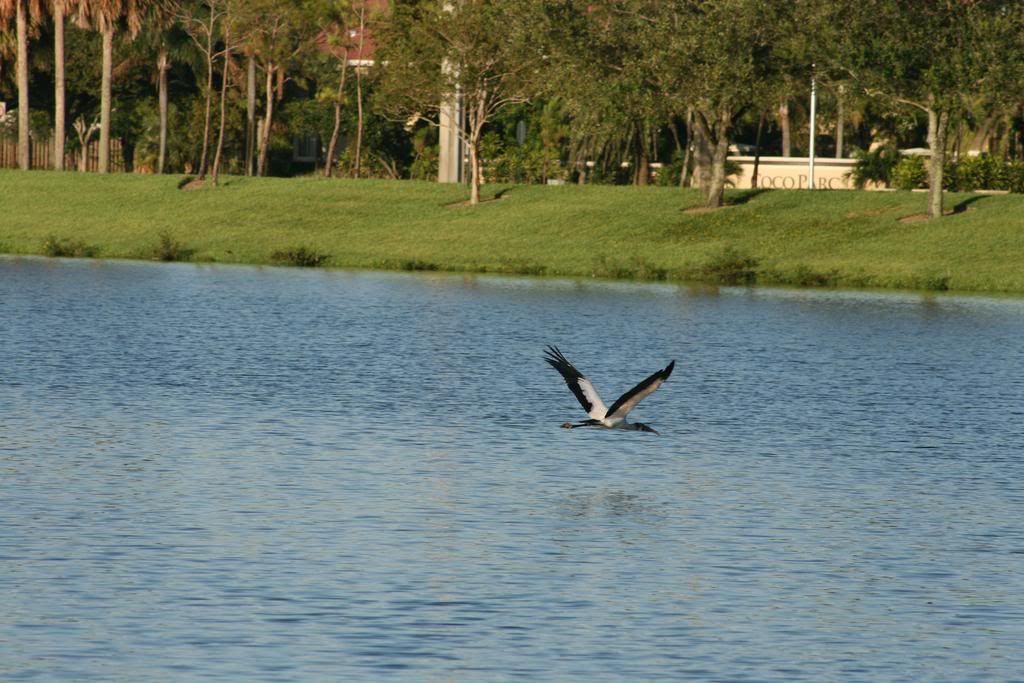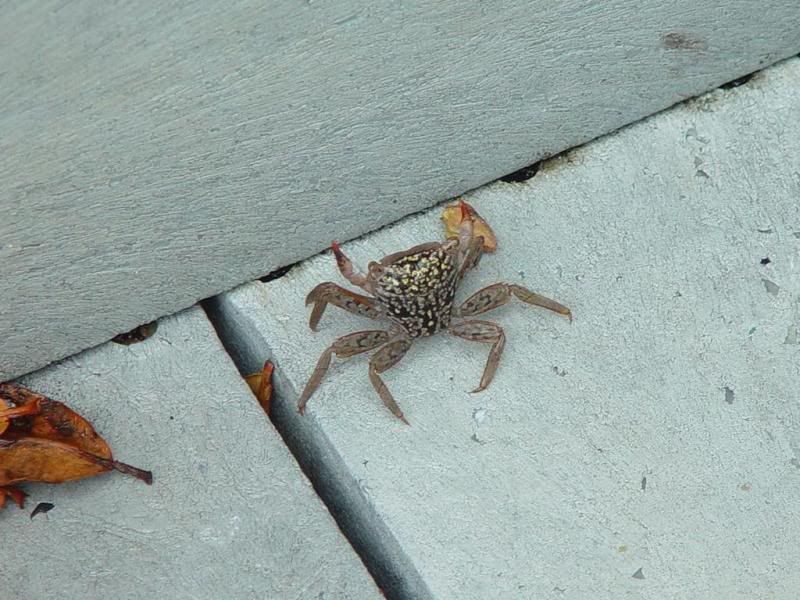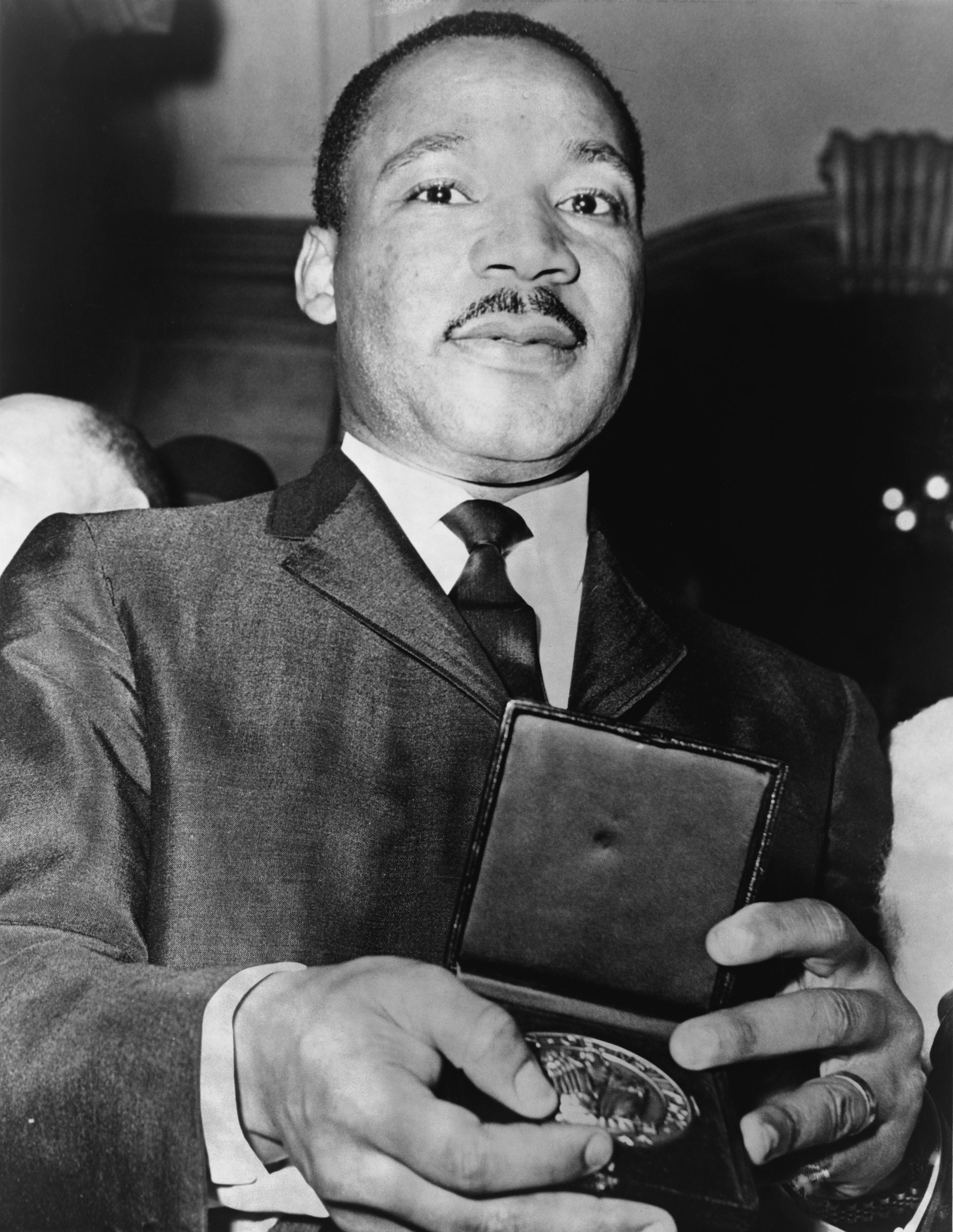The following post, authored by me, was originally published on This Dish is Veg on 12/22/11.
Is it possible to be truly vegan in the modern world? There are many reasons to raise this question. Never mind the societal pressures vegans face, or the challenges in finding healthy vegan food options; there are other ways that we may affect the lives of animals without even knowing it.
Animal products are in many items one might not expect: from vaccines and vitamins, to beer or blankets. It can be difficult, sometimes seemingly impossible, to find out the ingredients of every item we use or consume. More disturbingly, in a recent
Food Network survey, 15% of restaurant chefs admitted to using non-vegetarian ingredients in supposedly vegetarian dishes. The possibility that we may unknowingly ingest or use animal products definitely exists.
But the most alarming argument against the ability to maintain a vegan lifestyle today is in regards to the animals killed in the growing of grain, rice and vegetables.
In the process of clearing land for crops, small animals such as mice, moles, and rabbits can be killed. In the preparation of rice paddies, frogs may be killed. No accurate numbers are available as to how many animals this may affect, but one animal ethics professor, Steven Davis of Oregon State University,
suggests the numbers are in the millions each year.
So if animals are killed in the production of the food vegans consume, are we in fact truly vegan?
To answer this question, we must begin by defining the word “vegan.” A commonly accepted definition, originated by The
Vegan Society in 1978, is “a philosophy and way of living which seeks to exclude — as far as is possible and practical — all forms of exploitation of, and cruelty to, animals for food, clothing or any other purpose; and by extension, promotes the development and use of animal-free alternatives for the benefit of humans, animals and the environment. In dietary terms it denotes the practice of dispensing with all products derived wholly or partly from animals.”
The very definition of the term acknowledges that it is not always “possible and practical” to eliminate all animal death from human existence. Any gardener can tell you that even when preparing the soil with simple hand tools, it’s quite possible to inadvertently kill insects, worms, snakes or other garden-dwellers. Should we then never plant food but live only on what we can gather? That would be neither possible nor practical.
Back to the definition: are we exploiting or demonstrating cruelty towards the unseen snake that falls foul of our shovel during planting? Or is the loss of its life a sad but unavoidable effect of human existence? Can we say the same about a cow that is repeatedly impregnated, only to have its offspring torn away and slaughtered for veal, so that we can keep that cow in a perpetual state of lactation inside a cramped warehouse for the remainder of its "natural" life?
Other animal ethicists have
argued Davis’s conclusion that a diet including meat causes less animal death than a vegan diet, citing flaws in his methodology, the issue of quality of life versus quantity of deaths, the incidental nature as opposed to intentional killing and other points. More to the point, Davis’s argument for continuing to eat meat is predicated on the hypothetical idea that the animals consumed be grass-fed, not grain-fed. This doesn't reflect reality. Currently, 99% of all animals raised for meat are grain-fed in factory farms. In fact, the majority of grain, corn, and soy grown worldwide is used to feed factory farmed livestock. Since it takes 16 pounds of grain to produce a single pound of meat, going vegan actually reduces the number of animals killed in the grain production for an individual’s diet significantly!
However, even if this were not the case, Davis’s argument oversimplifies veganism -- as though it were simply a matter of balancing numbers on a scale. Instead, it is a compassionate lifestyle that seeks to reduce animal suffering. While we cannot place more value on one animal life over another, most would agree that the momentary suffering of an animal suddenly struck down in the field is less cruel an entire life spent in unnatural suffering at the hands of man.
Veganism is not focused on animal death; it’s focused on life and the quality thereof -- animal life, human life, and the life of our planet. A wild animal in the field, even one who dies, has experienced a natural life. A person who follows a vegan diet, to the extent possible and practical, can expect better quality of life thanks to the many health benefits. And the life of our planet is prolonged by each and every person who adopts a plant-based diet. So a vegan who accidentally ingests or uses animal products, or who eats plant foods that may have caused inadvertent animal death, is still "seeking to exclude, as far as possible and practical," any exploitation of or cruelty to animals.
Is it possible to live in the modern world and never be a party to animal death or suffering? Probably not. Is it possible to live a vegan life? Absolutely.














